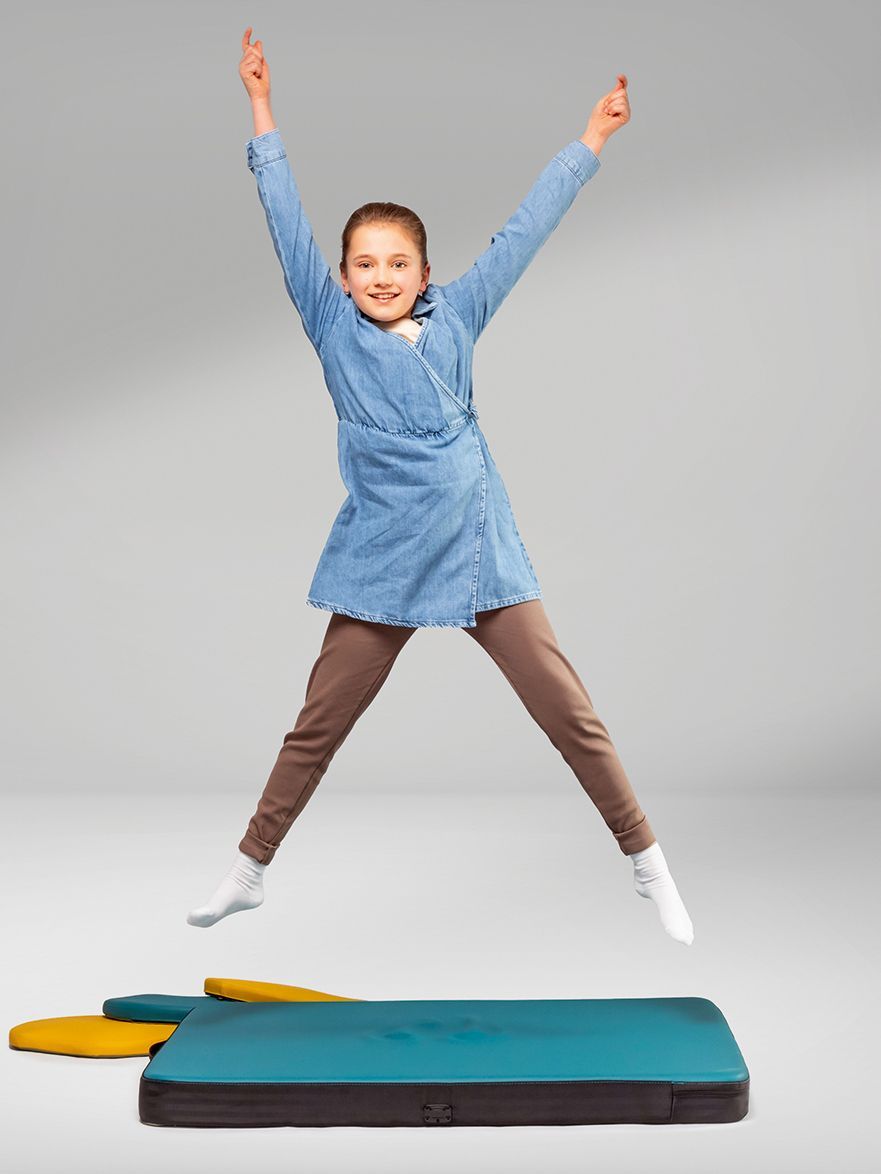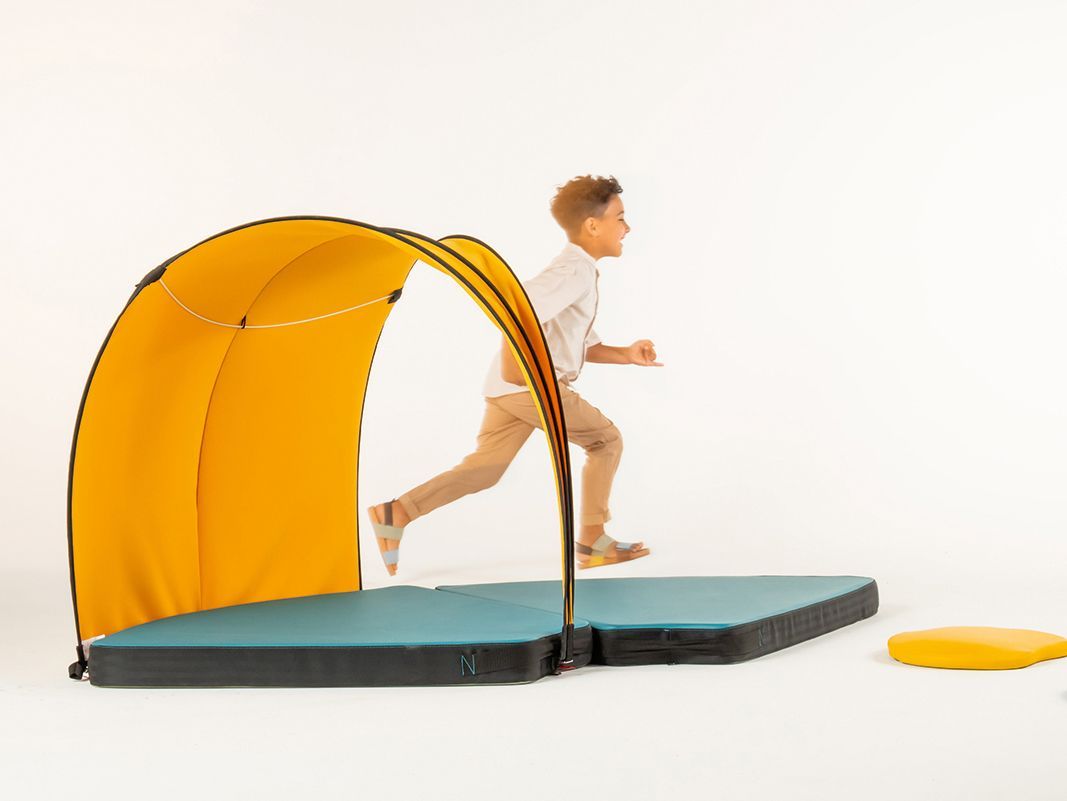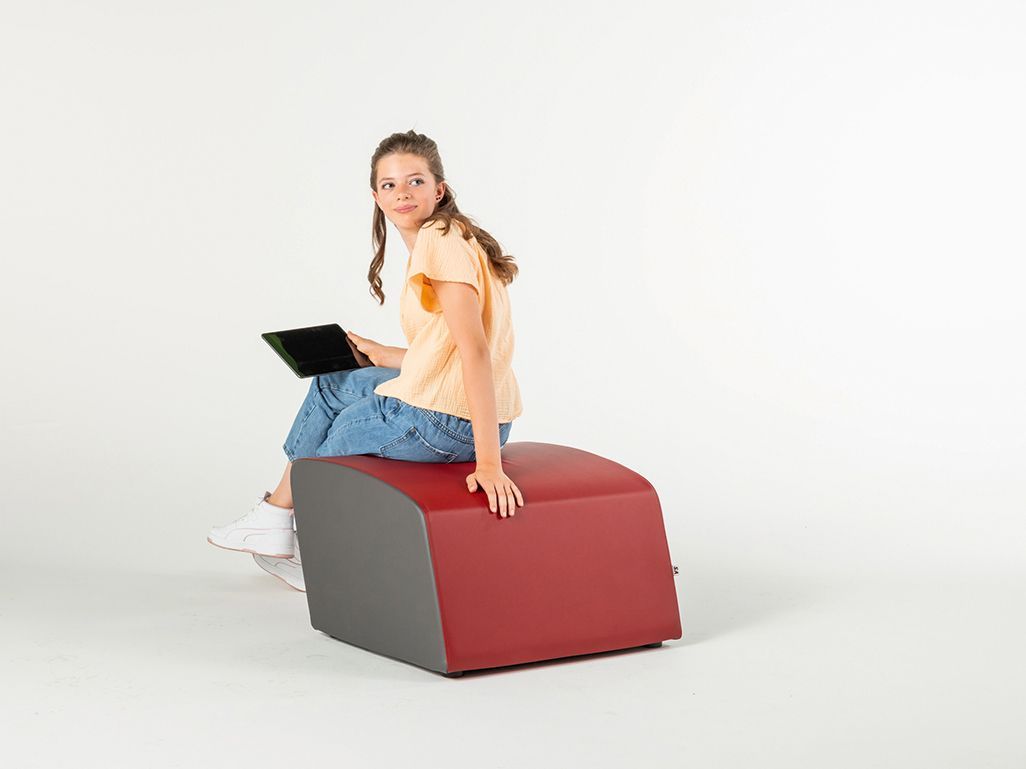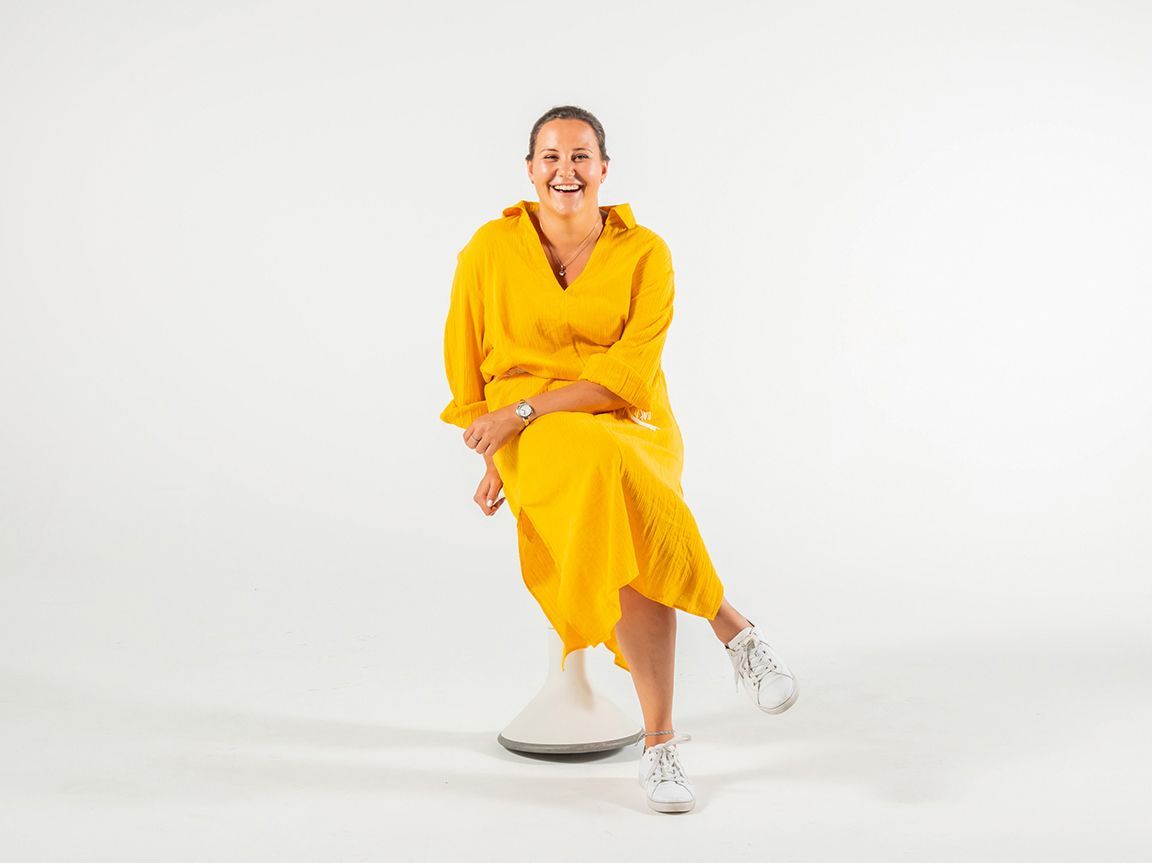Ergonomics at School

Never before in history have people spent so many hours a day sitting as they do today.
Children and adolescents sit in the classroom, on the school bus, doing their homework. And not forgetting the time they sit at home eating, in front of the computer, in a waiting room. This has consequences for their health.
As holistically thinking designers of school and office spaces, we help to make sitting better and healthier for all age groups - that also means: more dynamic.

This is not just about furniture...
...but also about a holistic look at the workplace and the surrounding space. Because ergonomics (from the Greek ergon = work; nomos = law) is in a broad sense the science of the laws of work.
The focus is on the person, with their characteristics and needs. Working and learning conditions - including lighting, acoustics, air quality and furniture - must be adapted to them and not vice versa.
On this page you will learn everything about ergonomics at school.
That means...
...when we design a classroom, we look at the entire space and its effect on the sensory system and well-being. As well as back-friendly working and learning spaces that encourage movement, lighting conditions and colours, acoustics and air quality also play a role.
But this holistic view is by no means universally accepted. There are still many classrooms where pupils work at inappropriate furniture: in an uncomfortable, forced posture on rigid chairs and with furniture that is too big or too small. No thought is given to an ergonomic-systematic (learning) room concept.

Different Needs
Dr. Dieter Breithecker, Bewegungswissenschaftler
A well thought-out ergonomic room and furnishing concept considers the needs of everyone working in the school, that is children of different ages as well as the teaching staff. They all have their own demands of their learning and working spaces.
Ergonomic School Furniture
What characterises good room furnishing design?
A room design conducive to development and learning contains furniture that:
can be adjusted for height, thus taking account of the fact that children and adolescents grow and have individual body proportions
recognises the physical and mental need for changing postures, in other words, promotes dynamic sitting and a regular switch from sitting to standing
allows learning close to the floor up to Year 6 if possible
can be used flexibly so that it’s possible to change between different learning methods and organisational forms without a great deal of effort
offers opportunities to withdraw to meet the needs of the natural rhythm of tension and release, stress and recovery
serves the needs of a varied learning group of different pupils, and
takes account of specific individual needs, enables inclusion and participation.
Recommended Products for More Ergonomic Learning

As you can see, ergonomics at school is a vast subject. That is why many experts working for us cooperate on designing furniture and its integration into the overall concept. Our experienced teams of advisors will ensure that everything ultimately fits together.

Do you know someone else who may be interested in this page?
Just share it!




